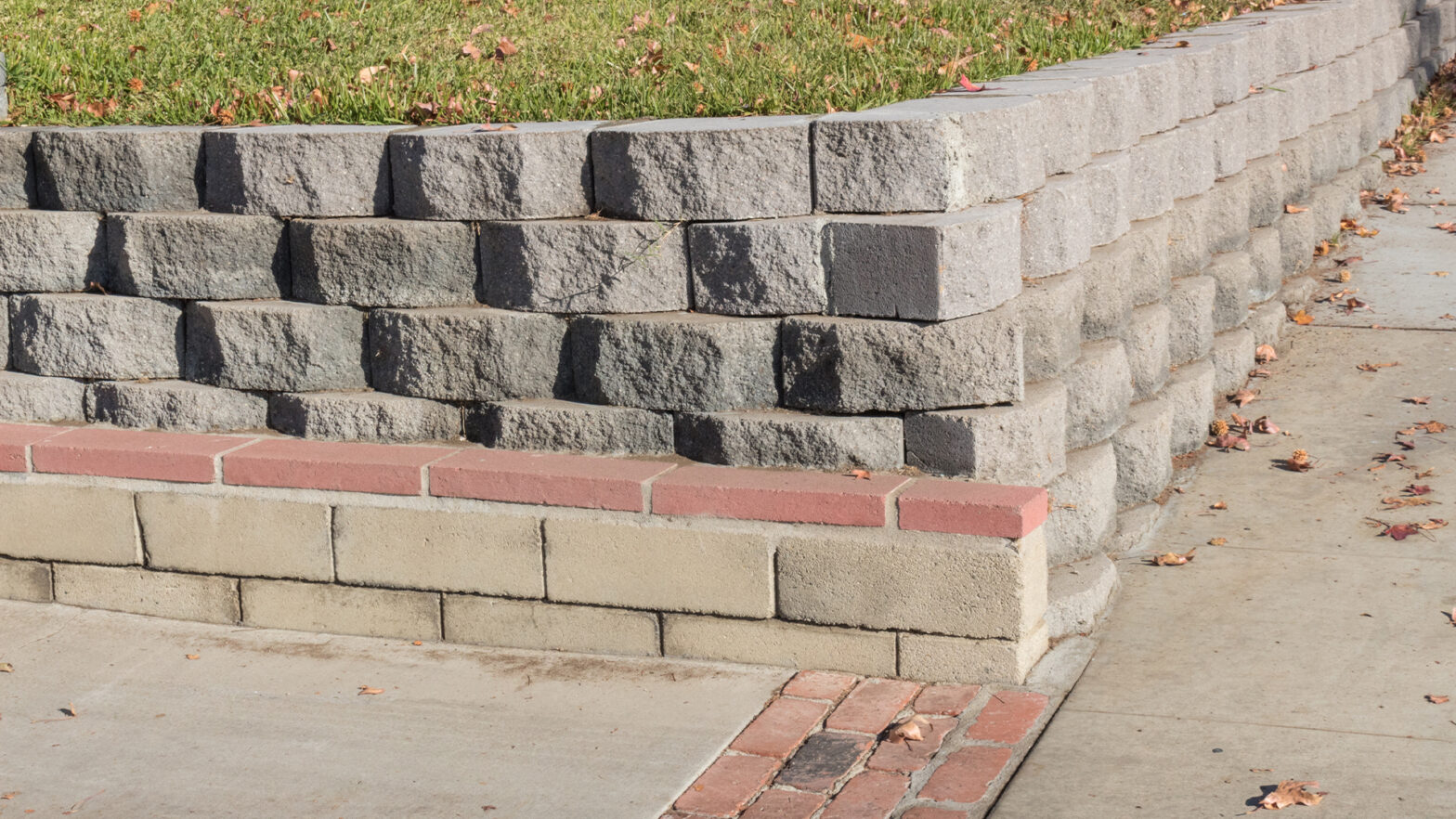
Residential neighbourhoods are witnessing flooded streets and basements for the first time in their region’s history because of unpredictable weather. Construction professionals and engineers must design new communities and retrofit older ones with eco-friendly retaining walls for climate resilience. These creative solutions are environmentally considerate and promise citizens they will stay dry and safe.
Recycled Concrete Retaining Walls
Concrete innovations are sweeping the sector, primarily as the material generates 9% of carbon emissions. Inventors designed the world’s first fully recycled concrete building, so these ideas can directly translate to retaining walls. Recycled concrete takes crushed concrete from other sources and makes it the primary component instead of seeking virgin materials.
The efforts reduce carbon footprints while saving companies money on harvesting. Advanced concrete recycling technologies crush abandoned resources and turn them into an aggregate businesses can repurpose. They can supplement the concrete with geopolymers to reinforce them if needed.
Living Walls
Living walls — also called green or vegetated walls — achieve the effect of manufactured retainers with plants. Vegetation has numerous eco-friendly benefits, including promoting biodiversity, eliminating reliance on alternative resource extraction and nourishing nearby soils. Designers craft living walls to have deep root systems, which prime them for withstanding erosion and stabilising slopes. A case study in northern India demonstrated how one season’s worth of growth was enough to protect vulnerable villages.
Engineers may also install modular green wall systems, which are panels with plants embedded into them. These combine conventional retaining wall methods with an aesthetic twist. They contribute less to urban heat islands than other materials because they have greenery to absorb sunlight.
Gabion Walls
Gabion walls use natural stone and wire cages. Because these materials are easily accessible from local sources, they don’t place other environments at risk for destruction. Additionally, the recyclability of metal wire makes it a more eco-friendly retaining wall option. The sturdy stone is ideal for controlling erosion and water since it takes time to degrade. Much like concrete, geosynthetic materials can reinforce Gabion walls to boost their structural integrity.
The repairability of the wall type also makes it sustainable. Typically, total demolition is not necessary. Experts can engage in localised repairs if the mesh contains rust or add rocks to a section needing a pick-me-up.
Timber-Retaining Walls Using Reclaimed Wood
Instead of harvesting new timber, builders can repurpose abandoned or scrap sources. It lessens clear-cutting and unnecessary deforestation, giving habitat restoration experts more time to tend to native tree growth. If the wood rots or becomes compromised, teams can compost and rebuild with little to no waste generation.
They can also employ chemical-free pressure treatments to make them last longer. Double-treating good wood may double the wall’s life span to around 20 years.
Construction professionals do not have to spend time researching ethical wood sources because of organisations like the Forest Stewardship Council. Retaining wall-building companies only need to find partners with its logo to discover greener timber suppliers.
Bamboo Retaining Walls
Bamboo is one of the fastest-growing resources on the planet, making it abundant and accessible to use as retaining walls. These are a type of living wall but need more oversight, as bamboo could become an invasive species if left unmanaged. The benefit is that they reduce deforestation and offer another biodegradable construction option.
It is straightforward for businesses to compost and start fresh if the retaining wall needs redesigning or moved. Bamboo is already known for its high compressive strength and durability, but geoengineers can treat these retaining walls with heat or boron infusion. These methods protect the stalks from other invasive species and pests while reducing their rate of decay.
Earthbag Retaining Walls
Earthbags often contain local soil or other organic fibres, making the composition biodegradable and eco-friendly. Because builders can gather supplies nearby without the need for heavy-duty excavation equipment, they can save money on labour and transportation from distant locations for other components. Workers stabilise earthbags with a durable foundation like lime or similar materials, forcing them to stay in place.
Soil Bioengineering Techniques
Much like the living wall panels, soil bioengineering techniques leverage plants to naturally strengthen soil alongside manufactured materials. Modifying soil to better support greener retaining walls encourages Earth-based construction as a default. The strategy can support other eco-friendly wall-building methods while incorporating other supporting systems nearby like:
- Adobe or compressed earth blocks
- Live stakes and fascines
- Coir logs
- Road medians
- Tree box tilers
- Geotextiles
- Control mats
Eco-Friendly Retaining Walls for Residential Preservation
Communities need retaining walls to remain safe while preventing further environmental damage. These installations are critical for keeping the ground strong against increasingly volatile forces of nature. Construction experts must leverage more sustainable materials from ethical places to craft their projects, minimise damage to the Earth and keep residents comfortable. These eco-friendly building methods do all of that, providing peace of mind to people and the planet.































